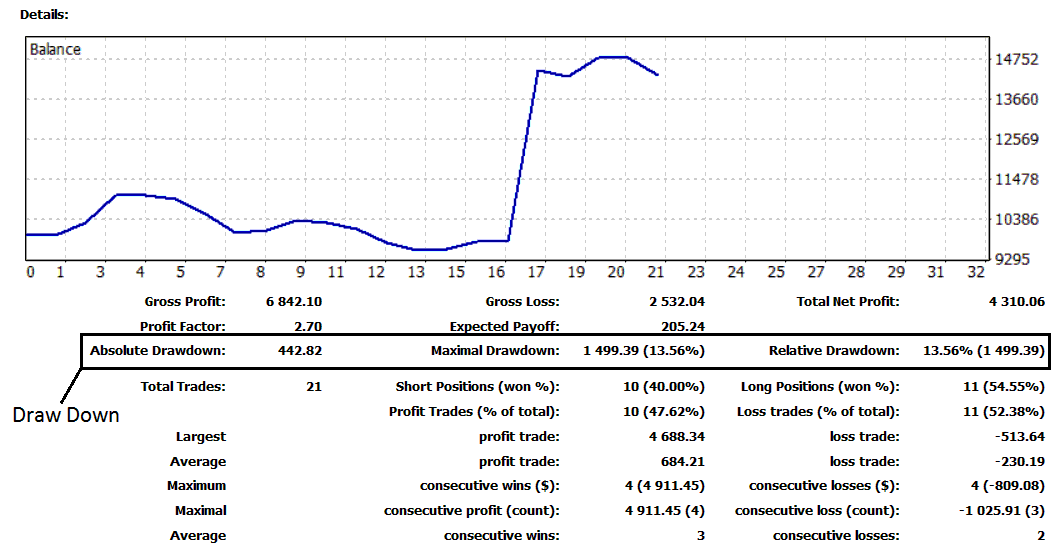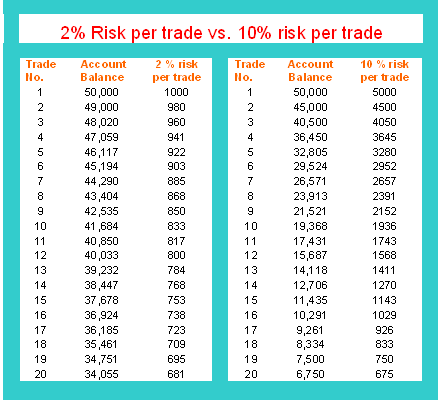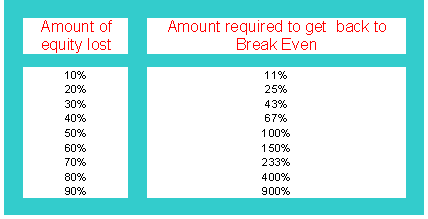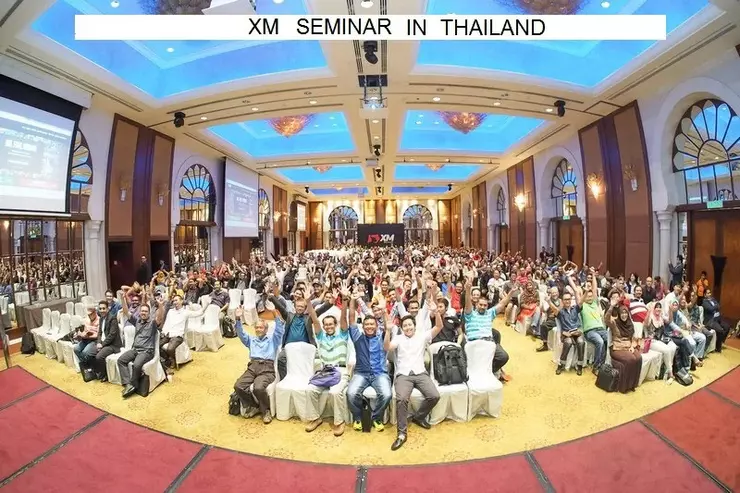DrawDown vs Maximum Draw-down
In a business in order to make a profit a trader must learn how to manage risks. To make profits in trading you need to learn about various energies money management strategies explained on this learn Energies Trading tutorial web site.
When it comes to trading, the trading risks to be managed are potential losses. Using energies money management guidelines won't only protect your energies trading account but also make you profitable in the long run.
Draw-down
As traders the number one trading risk is known as draw-down - this is the sum of money you have lost in your account on one energies transaction.
If you have $10,000 capital & you make a loss in a single trade of $500, then your drawdown is $500 divided by $10,000 which is 5% draw-down.
Maximum Draw-down
This is the total sum of money you have lost in your account before you begin making profitable trades. For example if you have $10,000 capital and make 5 consecutive losing trade transactions with a total of $1,500 loss before making 10 winning trade positions with a total of $4,000 trading profit. Then the draw down is $1,500 divided by $10,000, which is 15 % maximum draw down.

DrawDown is $442.82 (4.4%)
Maximum Draw Down is $1,499.39 (13.56 %)
To learn how to generate the above reports using MT4 platform: Generate Reports on MT4 Guide
Energy Trade Money Management
The example illustrated and explained below highlights the contrast between risking a small percentage of your capital compared to risking a higher percent. Good investment principles requires you as a not to risk more than 2% of your total account equity.
Percent Risk Method

2 percent and 10 percent Risk Rule
There is a large contrast between risking 2% of your equity compared to risking 10% of your equity on one transaction.
If you happened to experience a losing streak and lost only 20 trades in a row, you would have gone from beginning trading account balance of $50,000 to having only $6,750 left in your account if you risked 10% on each trade position. You would have lost over 87.5 % of your equity.
However, if you risked only 2% you would have still had $34,055 which is only a 32 % loss of your total account equity. This is why it's best to use the 2 % risk management strategy
Difference between risking 2% and 10% is that if you risked 2% you'd still have $34,055 after 20 losing trades.
However, if you risked 10% you would only have $32,805 after only 5 losing trades that is less than what you would have if you risked only 2% of your account and lost all 20 trades.
The point is you want to setup your rules so that when you do have a loss making period, you'll still have enough capital to trade next time.
If you lost 87.50 % of your capital you would have to make 640% profit to go back to break even.
As compared to when if you lost 32 percent of your trading capital you'd have to make 47% profit to get back to break-even. To compare it with the example 47% is much easier to breakeven than 640% is.
Chart below shows what percentage you would have to make to get back to break even if you were to lose a certain percentage of your capital.
Concept of Break-Even

Account Equity and Break-Even
At 50% draw-down, one would have to earn 100% on their invested capital - a task accomplished by less than 5 percent of all traders worldwide - just to break-even on an-accounta-trading-account with a 50% loss.
At 80% draw-down, a trader must quadruple their account equity just to take back to its original equity. This is what is called to "breakeven" i.e. Get back to your original trading account balance which you deposited.
The more you lose, the harder it is to make it back to your initial account size.
This is the reason why as a trader you should do everything you can to PROTECT your equity. Do not accept to lose more than 2 percent of your account equity on any 1 single trade transaction.
Energies risk management is about only risking a small percentage of your trading capital in each trade transaction so that you can survive your losing streaks and avoid a large draw down on your account.
In Energies, traders use stop loss orders which are placed in order to reduce losses. Controlling risks it involves putting a stop order after placing an order.
Effective Risk Management
Effective risk management requires controlling all trading risks. A trader should create a clear energies money management system and a plan. To be in Energies Trading or any other business you must make decisions involving some risk. All factors should be measured to keep trading risk to a minimum and use the above tips on this tutorial.
Ask yourself? Some Tips
1. Can the risks to your investing activities be identified, what forms do they take? and are they clearly understood and planned for? All the risks should be taken care of in your Energies Trading plan.
2. Do you grade the risks faced by you when trading in a structured way? - Do you have a trading plan? - have you read about this course which is thoroughly covered discussed here on this Site.
3. Do you know the maximum potential risk of each exposure for each transaction that you place?
4. Are decisions made on the basis of reliable and timely information and based on a strategy or not? Have you read about energies trading systems here on this website tutorial lessons.
5. Are the risks large in relation to the turnover of your invested capital & what impact could they have on your profits margins and your margin requirements?
6. Over what trading time periods do risks of your trading activities exist? - Do you hold trades long-term or short-term? what type of trader are you?
7. Are the exposures a one-off or are they recurring?
8. Do you know enough about the ways in which your Energies Trading risks can be reduced or hedged and what it would cost if you did not include these measures to reduce potential loss, and what impact it would make to any upside of your profit?
9. Have your rules been adequately addressed, to ensure that you make and keep your profits.


